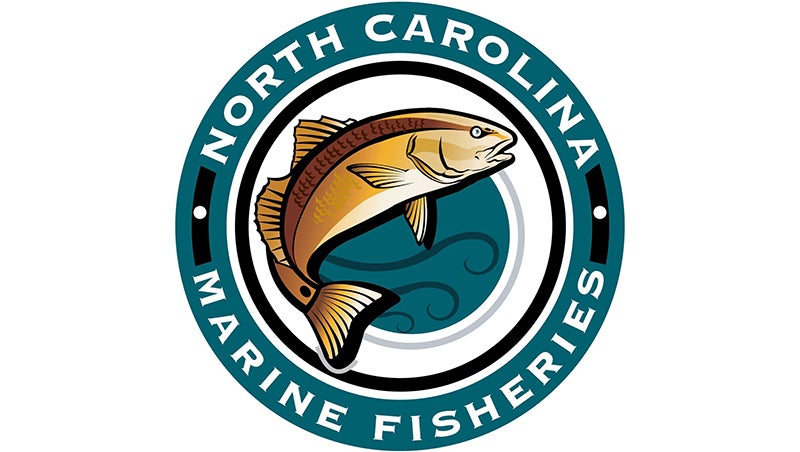Coastal permit now available for marsh sill living shorelines
Published 7:12 am Wednesday, April 17, 2019
A general permit for marsh sills, a type of “living shoreline,” is now available to people in coastal North Carolina who want to stabilize estuarine shorelines.
Over the past several years, the N.C. Division of Coastal Management (DCM) has participated in regulatory, research and education efforts to promote the use of living shorelines, options that use native materials such as plants and oyster shells, as alternatives to traditional bulkheads and revetments for shoreline stabilization and erosion control in estuarine areas of North Carolina.
Most recently, DCM worked with a stakeholder group to create a more streamlined permitting process for marsh sills. Members of the group included the United States Army Corps of Engineers, the marine science community, N.C. Division of Water Resources, N.C. Division of Marine Fisheries, N.C. Coastal Federation, N.C. Sea Grant, and the National Oceanic and Atmospheric Administration.
Based on recommendations from the stakeholder group, DCM drafted an amended general permit for marsh sills, which was recently approved by the N.C. Coastal Resources Commission with an effective date of April 1, 2019. This general permit served as the basis for a Regional General Permit for marsh sills issued by the Corps of Engineers on March 26, allowing DCM to issue general permits for marsh sills without a case-by-case federal review in many cases.
“We hope this streamlined permitting process will help promote marsh sills going forward,” said Braxton Davis, director of the Division of Coastal Management. “We will continue to explore incentives to advance the use of living shorelines in the future.”
Living shorelines maintain existing connections between upland, intertidal, and aquatic areas while providing shoreline erosion control. Additionally, observations after Hurricane Florence indicate that living shorelines, including marsh sills, outperformed nearby bulkheads by dissipating wave energy and reducing shoreline erosion.
READ MORE IN OUR ON THE WATER SECTION HERE.





